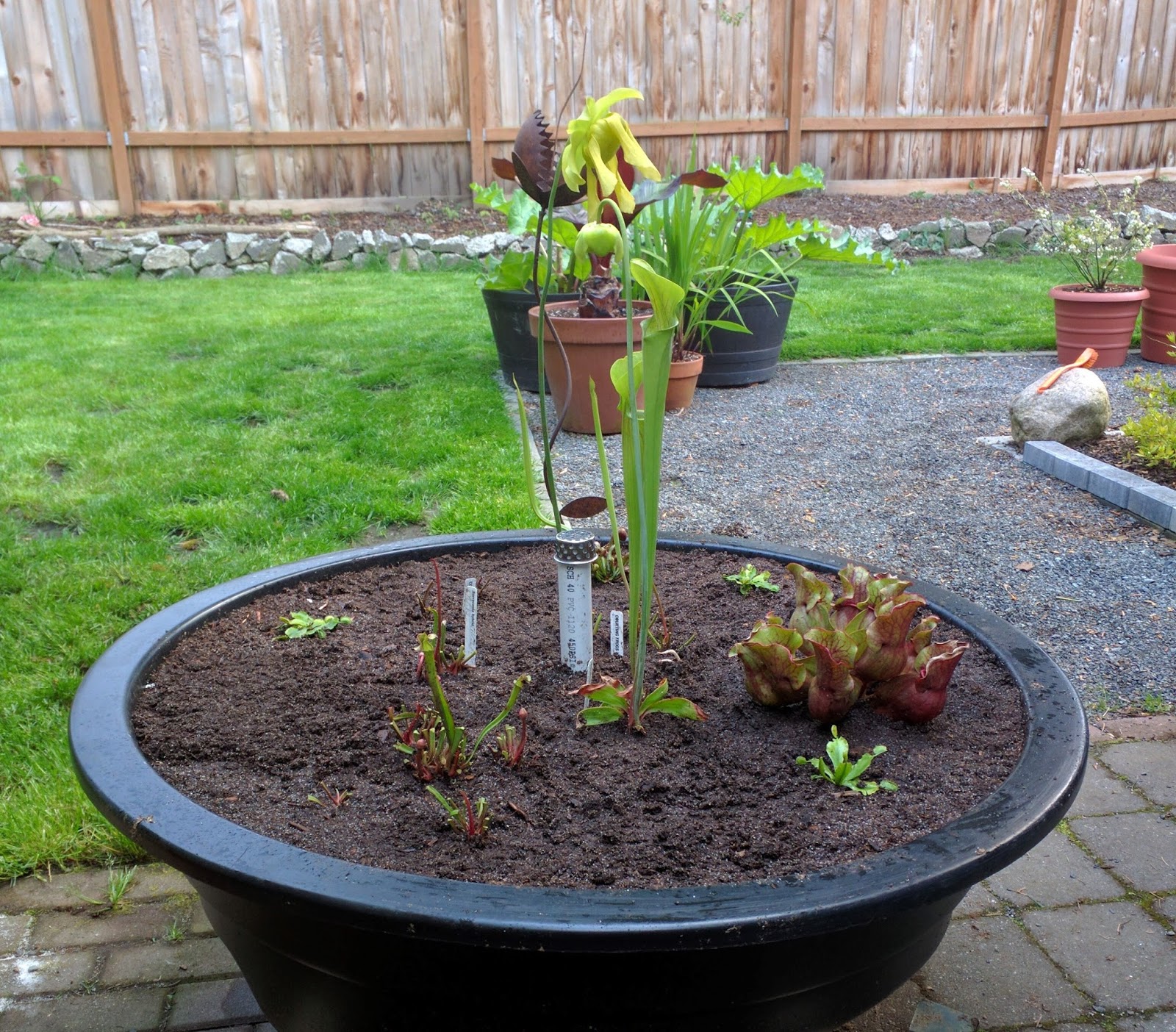Bog gardens are stunning landscapes that allow you to grow unique, carnivorous plants not typically found in traditional flowerbeds With their vibrant colors and unusual forms, carnivorous plants like pitcher plants, Venus flytraps, and sundews make for fascinating container gardens.
While bog gardens thrive in their natural marshy habitats, you can successfully recreate the bog environment in a pot or planter on your patio or deck. With a bit of effort, you can have your own mini container bog garden right at home.
Choosing the Right Container
The first step in creating your container bog garden is selecting an appropriate vessel Look for the following features
- Depth – Select a container that is at least 8 inches deep. Shallow pots will dry out too quickly.
- Wide mouth – A wide opening allows more light to reach plants.
- Watertight – Make sure your container doesn’t have any drainage holes, so it can hold water.
For small gardens, a plastic bucket or bowl works well. For larger bog landscapes, consider using a plastic wading pool or liner. If using an existing container, seal up any drainage holes with glue or caulk.
Creating the Bog Soil Mix
Carnivorous plants require a light, acidic soil mix that retains moisture. You can create suitable potting mix with these ingredients:
- Peat moss – Makes up the bulk of the mix. Look for sphagnum peat moss.
- Sand – Use a coarse builder’s sand. Add 10-20% sand to provide drainage.
- Sphagnum moss – Live moss helps maintain humidity and pH levels. Add a few handfuls if possible.
A good starter recipe is equal parts peat moss and sand. Mix the ingredients together thoroughly before adding to your container.
Layering the Container
Start by filling the bottom 2-3 inches of the container with coarse sand or pea gravel. This layer will help with drainage and prevent the soil from becoming overly soggy.
Next, add your peat/sand potting mix on top, filling the container to within 2 inches of the rim. Use your hands to firmly press the soil down.
Cover the surface with a 1 inch layer of live sphagnum moss. This helps lock in moisture and gives your mini bog a natural look.
Choosing Plants
Now comes the fun part – picking out plants! Good options for container bogs include:
- Pitcher plants – Unique cups trap and digest insects. Come in green, red, or purple.
- Sundews – Covered in sticky tentacles designed to catch prey.
- Venus flytraps – Their snapping traps capture bugs as food.
- Butterworts – Leaves secrete a sticky substance to ensnare insects.
Most carnivorous plants enjoy direct sunlight. Choose a well-lit spot for your container garden.
Space plants 4-6 inches apart, gently firming them into the moss. Add additional sphagnum moss around the base of each plant.
Caring for Your Mini Bog
Carnivorous plants require consistently moist soil. Check soil moisture daily, especially during hot, dry weather. Water thoroughly whenever the top inch becomes dry.
Use rainwater or distilled water whenever possible, as tap water may contain minerals that can accumulate in the soil over time.
Remove any dead leaves or debris, pulling gently to avoid uprooting plants. Trim off any unsightly or dying traps.
In the winter, move the container to a cool spot with good sunlight, maintaining moisture. Some species will go dormant until spring.
Replant your bog garden every 2-3 years, replacing the soil mix and dead vegetation. Divide overcrowded plants when repotting.
With proper care, your mini bog garden will thrive for years, providing a fascinating display of unusual and beautiful carnivorous plants. The colorful pitcher plants and insect-eating traps are sure to be a unique conversation piece you’ll enjoy showing off.
Gardener’s Almanac: Creating a Bog Container: Part One – Containers and Soil
FAQ
What is the best container for a bog garden?
What is the best potting mix for bog plants?
Do bog plants need drainage?
How do I make a bog garden?
Below are the recommended steps you need to take to succeed in making simple bog gardens. Your bog garden container should ideally be a minimum of eight to 12 inches deep and eight inches in diameter or larger. The larger your container is, the less quickly it will dry out. Any pot or container that holds water will suffice.
Can you make a bog garden in a container?
If you have limited space at home, then you can create a container bog garden. Creating a container bog garden is a great idea for people who don’t want to do any excavating or landscaping. It’s also perfect for those who want an indoor bog garden. How Do You Make a Simple Bog Garden in a Container?
How deep should a bog garden be?
To make your bog garden in a container, start with something measuring at least 12 inches (31 cm.) deep and 8 inches (20 cm.) across or larger. Any container that holds water will work, but keep in mind that larger bog garden planters won’t dry out as quickly. If you have space, a pond liner or children’s wading pool works well.
Can you plant a bog garden in a pot?
Your bog garden in a pot is ready to plant. Once planted, surround the plants with live moss, which promotes a healthy environment, prevents the bog from drying out quickly, and camouflages the edges of the container. Check the bog garden planter daily and add water if dry. Tap water is fine, but rainwater is even better.

